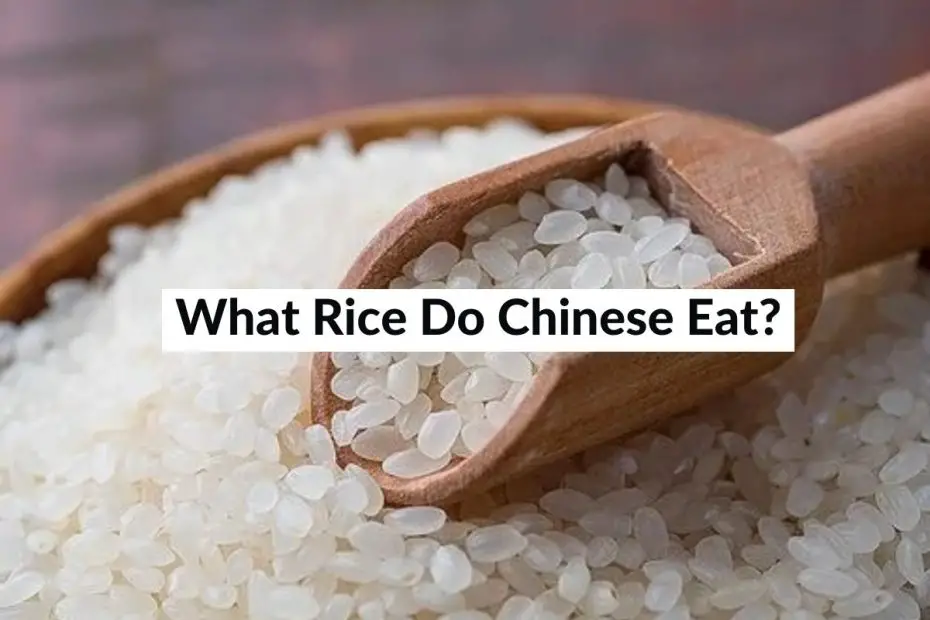The stereotype that “Chinese people can’t live without rice” is a popular belief outside of China, but it’s actually not entirely accurate.
While it’s true that rice is a staple food for people in the southeast and northeast regions of China, as well as in the eastern plains, those living in the northwest and southwest regions may only eat rice a few times a month, similar to how Europeans and North Americans consume it.
Why Chinese eat so much rice but still thin?Kinds of Rice That Chinese People Often Eat
| Rice Type | How Chinese Eat It | Shape | Protein Content | Gel Consistency |
|---|---|---|---|---|
| Indica Rice | Chinese prefer to cook indica rice for rice and porridge. | Elongated ellipsoid | Over 8% | Gel consistency of only more than 60, not very sticky after cooking |
| Japonica Rice | Chinese prefer to cook japonica rice for fried rice and sushi. | Close to a sphere | Only 7% | Gel consistency of more than 70, making it stickier than indica rice |
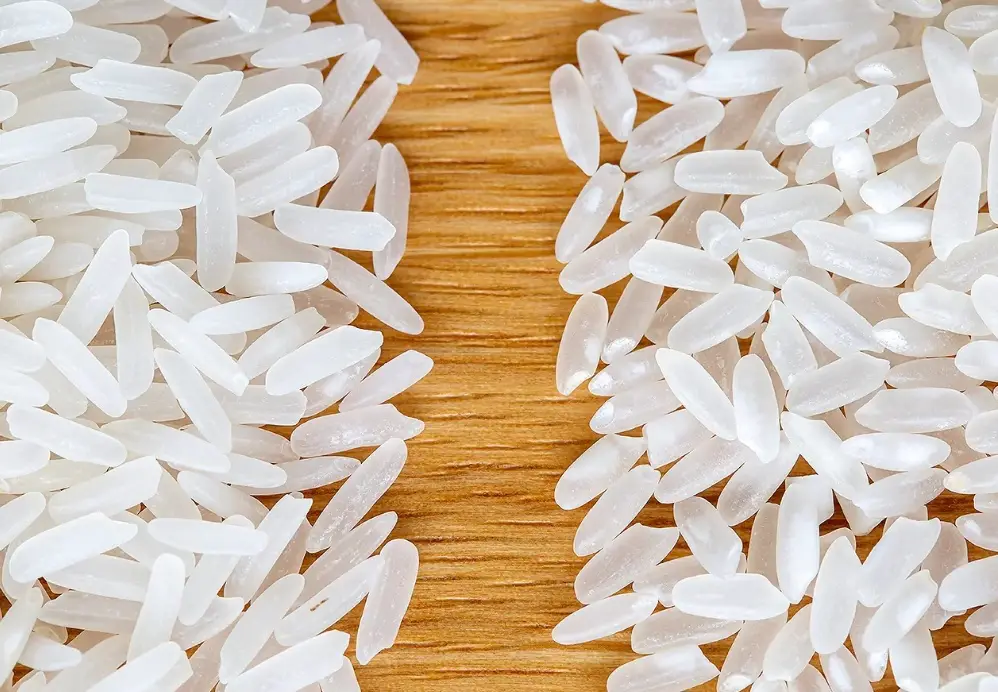
When cooking rice at home, you might have noticed that even with the same amount of water and cooking time, the hardness of the rice can vary. This could be due to the fact that you bought a different variety of rice.
Japonica rice has lower amylose and protein content compared to indica rice, which makes it less soft and delicious. On the other hand, indica rice has a lower gel consistency, which means it is not very sticky after cooking.
Apart from indica and japonica rice, another popular type of rice in China is glutinous rice. Glutinous rice has a higher nutritional value compared to japonica and indica rice, but consuming too much of it can cause indigestion problems.
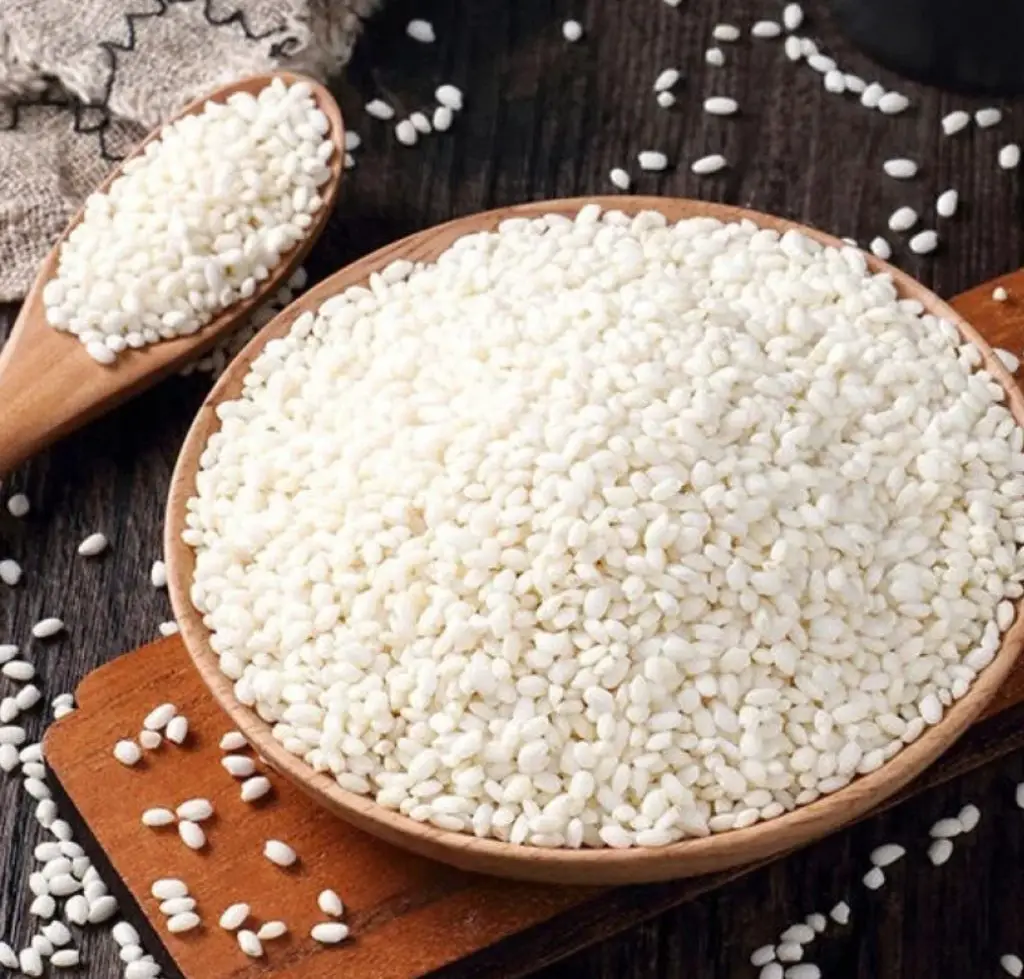
Glutinous rice contains a high amount of amylopectin, which gives it a sticky texture when cooked. Chinese people usually do not eat glutinous rice as a staple food like japonica or indica rice, but instead use it to make a variety of snacks and festival foods such as Zongzi, Glutinous Rice Chicken, Cifangao, Eight Delicacies Rice, Rice Cakes, and more.
Glutinous rice can also be classified into japonica and indica rice, but their overall taste is not significantly different, and they can both be used to make sticky foods.
Cultural Phenomenon Surrounding Japonica Rice and Indica Rice in China
Over the years, the perception of japonica rice and indica rice, the main food staples in China, has changed multiple times, leading to a cultural phenomenon. The regional planting methods of these two types of rice, with japonica rice primarily grown in the north and indica rice in the south, have influenced the preferences of people living in these regions.
Historically, the fertile lands in the northeast, where japonica rice is grown, led to the belief that it was the best rice. However, with the economic development and population movement in the southeast coastal areas, the preference for indica rice has grown. Let’s explore the reasons behind this cultural phenomenon.
Regional Planting and Historical Perception
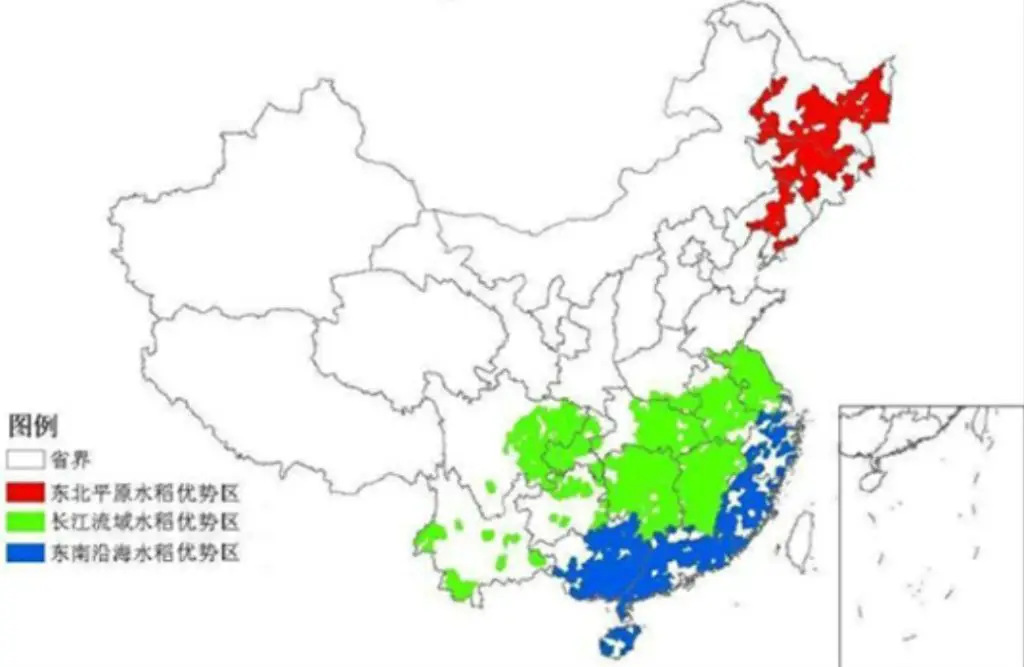
In China, japonica rice is predominantly grown in the northern yield areas, including Heilongjiang, Jilin, and Liaoning provinces. On the other hand, indica rice is mainly planted in the southern regions such as Jiangsu, Hunan, Hubei, and Guangdong.
This regional planting method itself has led to the separation of preferences among people living in the south and north of China, with northern people generally favoring japonica rice, while southern people preferring indica rice.
Historically, before the era of reform and opening-up, the northeastern provinces of China, particularly Heilongjiang, Jilin, and Liaoning, were economically developed and major grain producing areas in the country.
The agricultural differences between the north and south also contributed to the perception of japonica rice being of higher quality. Northeast China, being located in high latitudes, could only harvest one batch of rice per year, resulting in more fertile land. This led to the belief that the rice produced in Northeast China, i.e., japonica rice, was the best rice.
Changes in Perception during Reform and Opening-up
However, with the onset of the reform and opening-up policy in China, the situation underwent significant changes. The economy in the southeast coastal areas started rapidly developing, and private economy flourished, leading to increased population movement across the country. Many southerners traveled to different parts of China for business, and their eating habits and preferences spread along with them.
As a result, the preference for indica rice grew among the population, as it was primarily grown in the southern regions where economic development was booming. This shift in perception led to a change in the cultural phenomenon surrounding japonica rice and indica rice in China.
From Thai Fragrant Rice as High-End to Japonica Rice as Preferred Choice
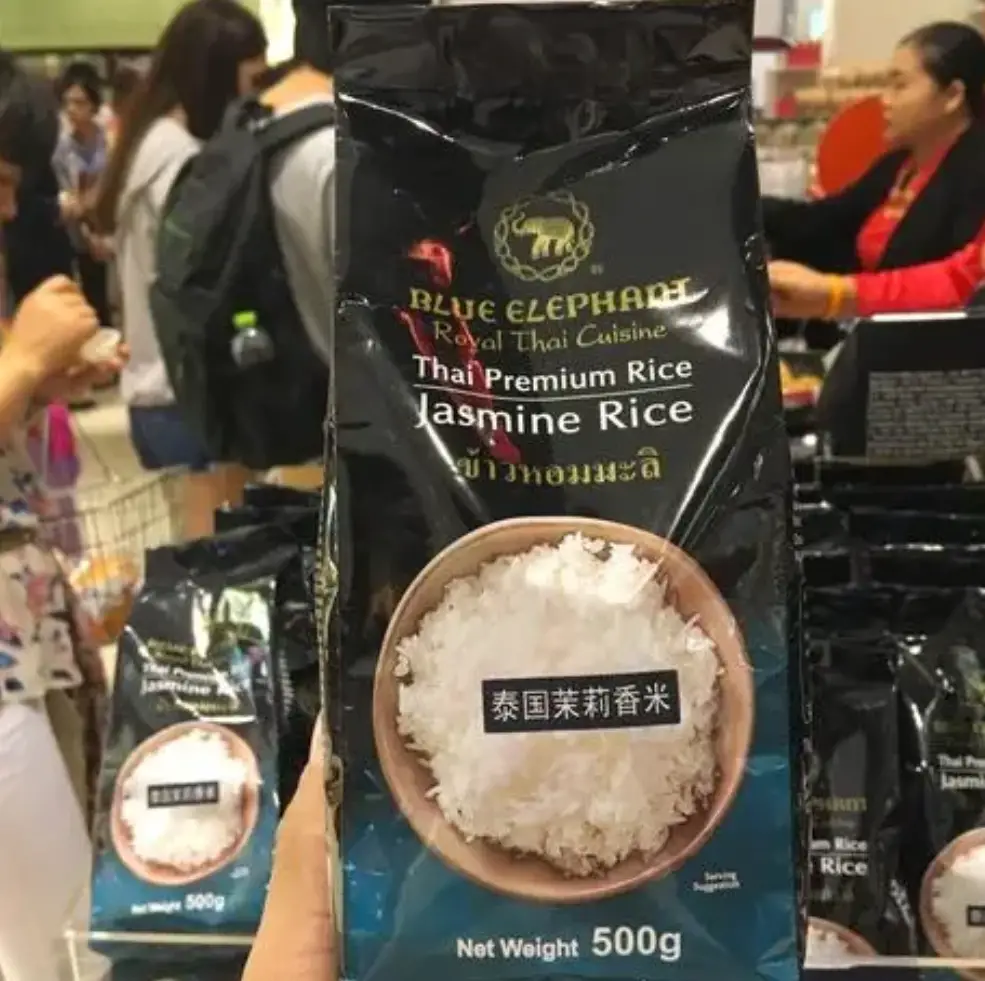
- Before 1992, the supply of rice in China was part of the planned economy, with limited varieties available in state-run stores through rationing.
- In 1992, the planned economy system was abolished, allowing residents to buy food, including rice, from any store.
- Thai fragrant rice became the first high-end foreign rice to enter the Chinese market in the same year, despite its high price.
- The unique aroma and indica rice characteristics of Thai fragrant rice positioned it as a high-end product and improved the status of indica rice in the eyes of Chinese consumers.
- In the period from rice to the 2010s, indica rice was favored over japonica rice, and those who preferred indica rice looked down upon those who ate japonica rice.
- However, not all indica rice was as good as Thai fragrant rice, and with increased purchasing power and exposure to rice from different regions, consumers began to develop a preference for japonica rice.
- Currently, Chinese consumers, considering dietary differences between the north and south, generally prefer japonica rice over indica rice.
Unique Rice Branding in China
Rice holds a special place in Chinese culture, with a long history of being a staple food for the majority of the population. Unlike Japan and Thailand, where rice brand awareness is high, China’s rice brand awareness is relatively weak.
Instead, Chinese consumers often distinguish rice by its place of origin or variety, similar to how Chinese Longjing Green Tea is identified by its place name.
Let’s explore some of the favorite rice producing areas in China that are known for their unique flavors and characteristics.
Panjin Rice – Delicately Soft from the Liaohe Delta
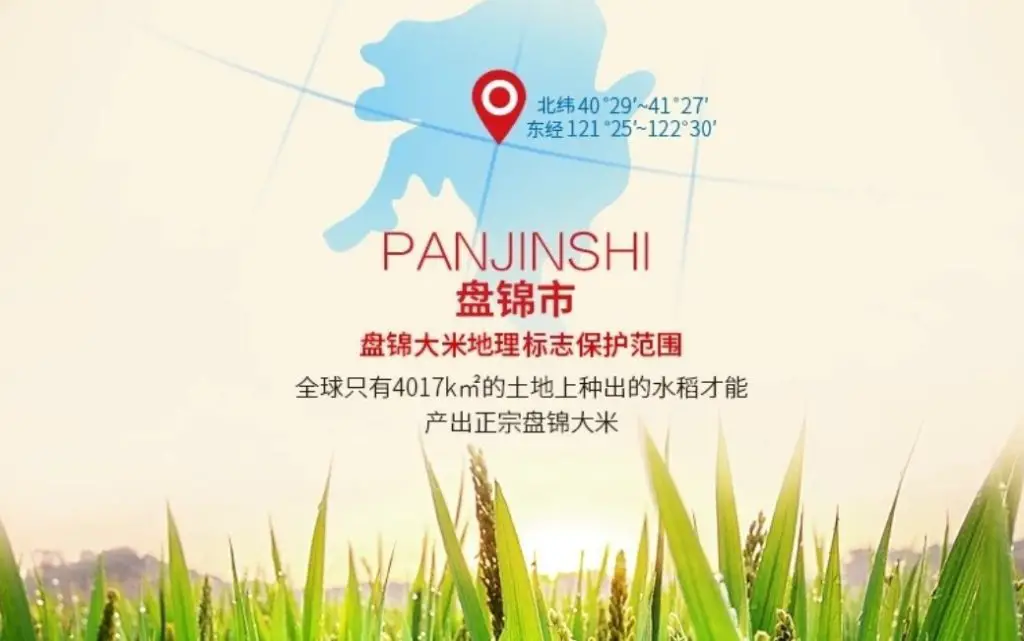
Panjin rice is produced in Panjin City, located in the southwest of Liaoning Province, at the center of the Liaohe Delta. This region experiences four distinct seasons with rain and heat occurring simultaneously.
One unique aspect of Panjin rice production is that farmers raise crabs in the rice fields, creating an ecosystem that contributes to the soft and delicate texture of Panjin rice.
Wuchang Rice – Fit for Royalty in Heilongjiang Province
Wuchang rice is produced in Wuchang City, situated in the middle of Heilongjiang Province. This rice was once used as the imperial rice for the royalty during the late Qing Dynasty. Known for its full grains, rich fragrance, and bright color, Wuchang rice has a unique texture and a layer of oil that appears on the surface of the rice grains after cooking.
This is the one I often buy at home. 😊
Liulin Rice – Unique Flavor from Donggang City
Liulin rice is produced in Liulin Village, Donggang City, Liaoning Province, which is close to the Yalu River and the Yellow Sea. Farmers here use a mixture of fresh water from the Yalu River and salt water from the Yellow Sea, imparting a unique flavor to the rice.
In addition to Chinese native varieties of japonica rice, Liulin Village also grows Japanese varieties of japonica rice, including the renowned “Koshihikari” rice. The Koshihikari Rice produced in Liulin Village is considered to be on par with Japanese-origin rice in terms of quality.
Zengcheng Silk Rice – A Delicate Indica Rice

Zengcheng silk rice is a type of indica rice that originates from Zengcheng wild rice, and it is known for its slender and shiny grains, earning it the name “silk rice”. In the Qing Dynasty, it was considered the best rice variety of its time and was known as “Rice Jasper”.
Silk Rice has a chewy texture, fragrant aroma, and loose, dry grains. When cooked and stirred with soup water, the rice balls spread out, and the soup remains crystal clear, making it the ideal choice for claypot rice.
Wannian Rice – A Treasured Indica Rice from Jiangxi Province
Wannian rice is produced in Wannian County, located on the southeast bank of Poyang Lake in the eastern part of Jiangxi Province. This region is often referred to as the “God’s place for rice production” by Dr. Richard Stockton MacNeish, an agricultural archaeologist, due to its abundant sunshine, precipitation, and long frost-free period.
Although it is a type of indica rice and located in southern China, the annual planting rule in Wannian County makes it relatively expensive.
Conclusion
In China, rice is more than just a food staple; it is deeply ingrained in the culture and culinary heritage. Chinese people have a strong affinity for rice, with an old saying that “firewood, rice, oil, salt, sauce, vinegar, and tea” represent the most important consumer goods in the history of ordinary people in China for thousands of years.
FAQs:
Jasmine rice: Known for its fragrant aroma and slightly sticky texture, jasmine rice is a long-grain rice that is commonly used in Chinese stir-fry dishes, fried rice, and as a side dish.
Glutinous rice: Also known as sticky rice or sweet rice, glutinous rice has a sticky and chewy texture when cooked. It is often used in Chinese desserts, rice cakes, and as a filling for dumplings.
Long-grain rice: This type of rice has a firm texture and is commonly used in Chinese soups, congee (rice porridge), and as a side dish.
White rice is the most commonly consumed type of rice in China, and it is often preferred over brown rice. The preference for white rice can be attributed to several factors:
Tradition: White rice has been a staple food in China for centuries, and it is deeply ingrained in Chinese culinary culture and traditions. It is often used in various traditional Chinese dishes, and many Chinese people grew up eating white rice as a dietary staple.
Taste and texture: White rice has a softer and smoother texture compared to brown rice, making it more palatable to many Chinese taste preferences. It also has a milder flavor, allowing it to easily absorb the flavors of other ingredients in Chinese dishes, which is highly valued in Chinese cuisine.
Digestibility: White rice has had the outer bran and germ layers removed during the milling process, resulting in a rice grain that is easier to digest compared to brown rice. This makes it more suitable for individuals with sensitive digestive systems, which is a consideration for many Chinese people.
